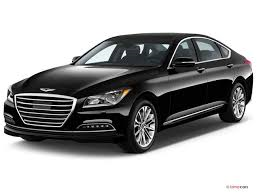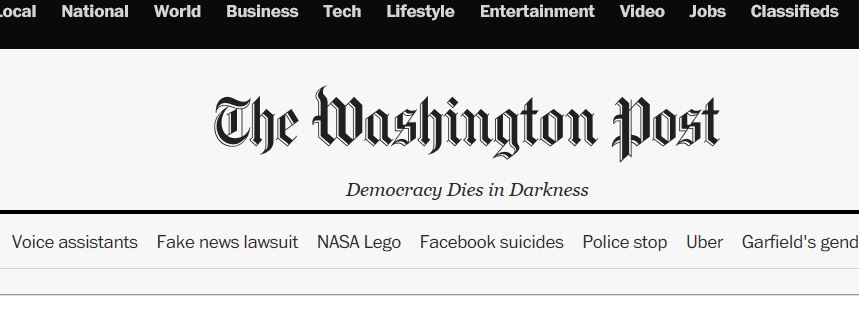Just Say No. Or Yes.
I’ve met some unusually powerful brand advocates over the years. And some not so much. Both are approvers and deniers of advertising and messaging. One advocate, a telephone company president, killed a Wall Street Journal ad containing a visual of 10 adorable puppies because “Our customers aren’t dogs.” The bad ones approve or deny ads because they like or dislike them. When a client breaks out the like-ometer, the agency is in trouble.
And then there are clients who kills or approve and ad because they supports generic business or messaging goals such as it generates leads, get more “likes,” or offers ad memorability. This is better but still poor brand craft.
When a product or service has an active and strong brand strategy, all the yeses and noes are grounded. They’re all strategic. A brand strategy (one claim, three proof planks) gives form and reason to advertising. I’ve never felt bad losing an ad when the brand strategy card was played. Ever.
Brand strategy makes ad craft and brand craft scientific.
Peace.



